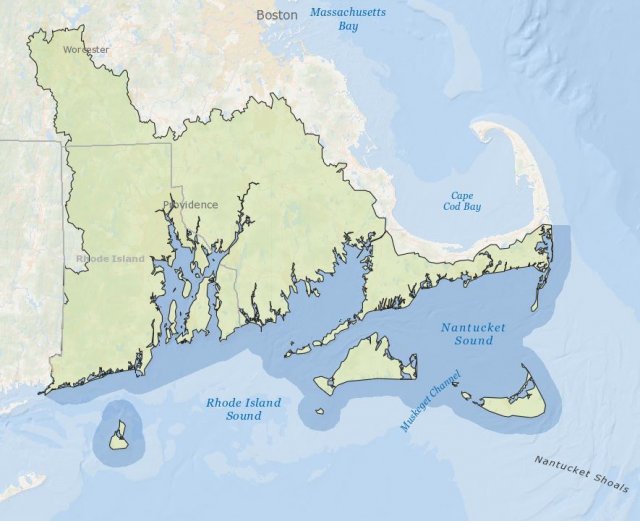Background Information on the Southeast New England Program
Background
Many federal, state, and local agencies – along with partners in research institutions and nongovernmental organizations – implement programs to restore, preserve, and monitor the coastal watersheds of Southeast New England. These entities have distinct functions, and it is important to retain their capabilities and authorities. However, each of these entities has limited responsibility and jurisdiction. No one body is charged with considering broad ecological needs across the Southeast New England coastal region as a whole, or has the tools to adequately address the full range of coastal issues in this region. The formation of an interagency group to coordinate and catalyze these various functions and programs will enhance the region's overall capability – allowing us to address complex issues at the ecosystem level, use existing resources more efficiently, find synergies and leveraging opportunities across multiple agencies and organizations, and increase the likelihood of developing sustainable solutions.
The Program will engage stakeholders to develop an overall planning framework and action agenda that builds on and complements the planning and implementation capacities of the numerous entities engaged in this area. The Program will foster effective coordination among the numerous entities working to restore coastal watersheds, rationalize disparate funding sources, and implement targeted restoration projects that address regionally significant priorities. The Program will work with all parties to ensure that restoration strategies are comprehensive and sustainable, that they are informed by input from key stakeholders, and that they are connected to the economic interests of coastal communities.
Geographic Area

From Westerly, Rhode Island to Chatham, Massachusetts, the coastal watersheds of southeast New England occupy a special place between Long Island Sound and the Gulf of Maine. Southeast New England faces environmental challenges that are unique and at the same time representative of many areas. The region's coastal watershed problems include rivers hydrologically disconnected from the landscape by dams and restrictions, lost wetlands, and a combination of centuries-old urbanization and aged infrastructure; these features have been exacerbated by excess nutrient (nitrogen) pollution from wastewater, stormwater, and atmospheric deposition.
